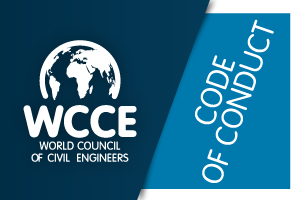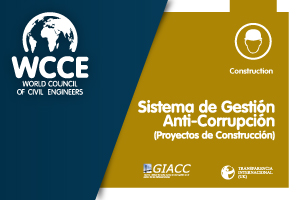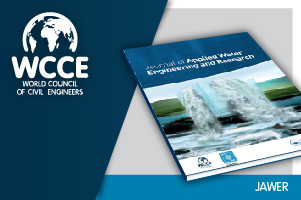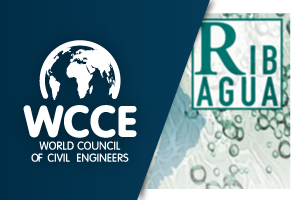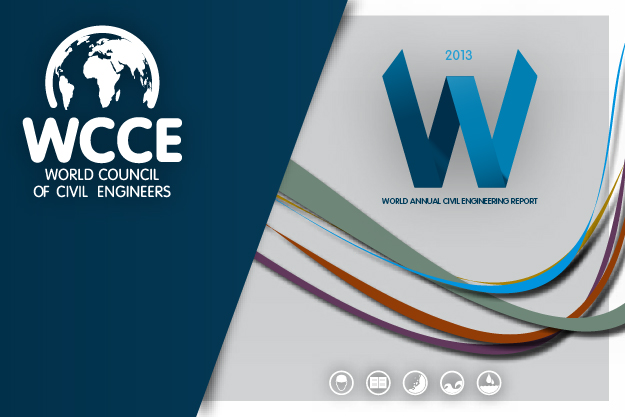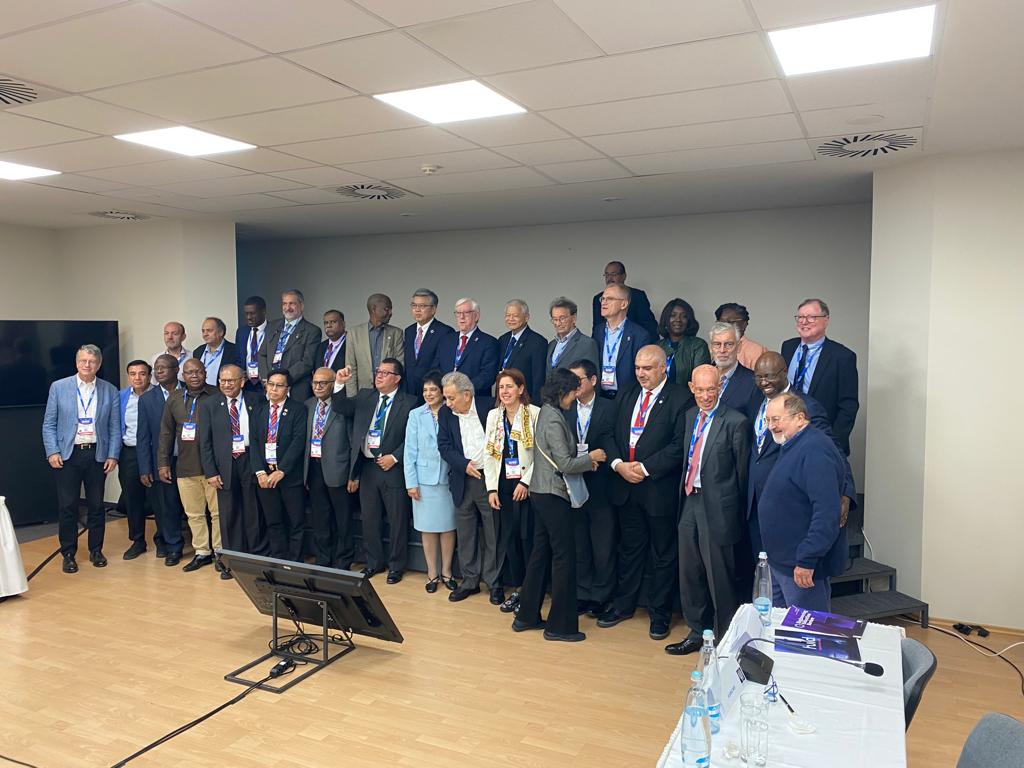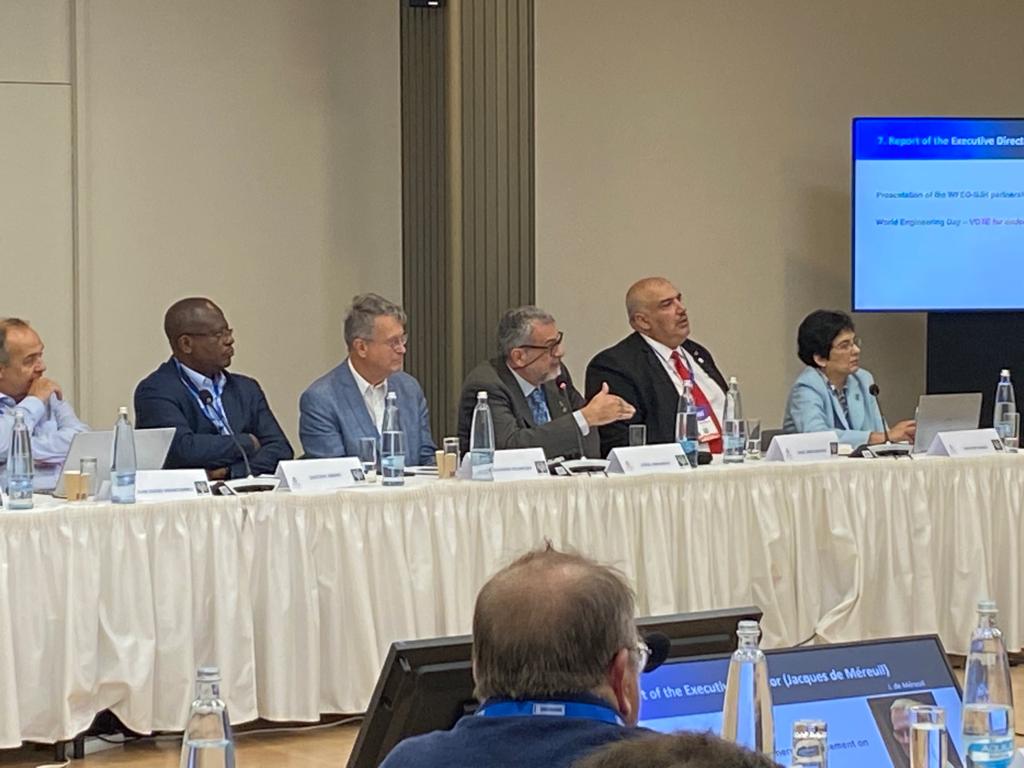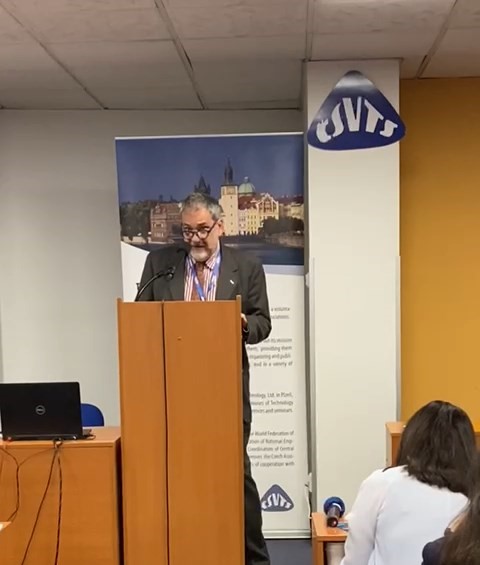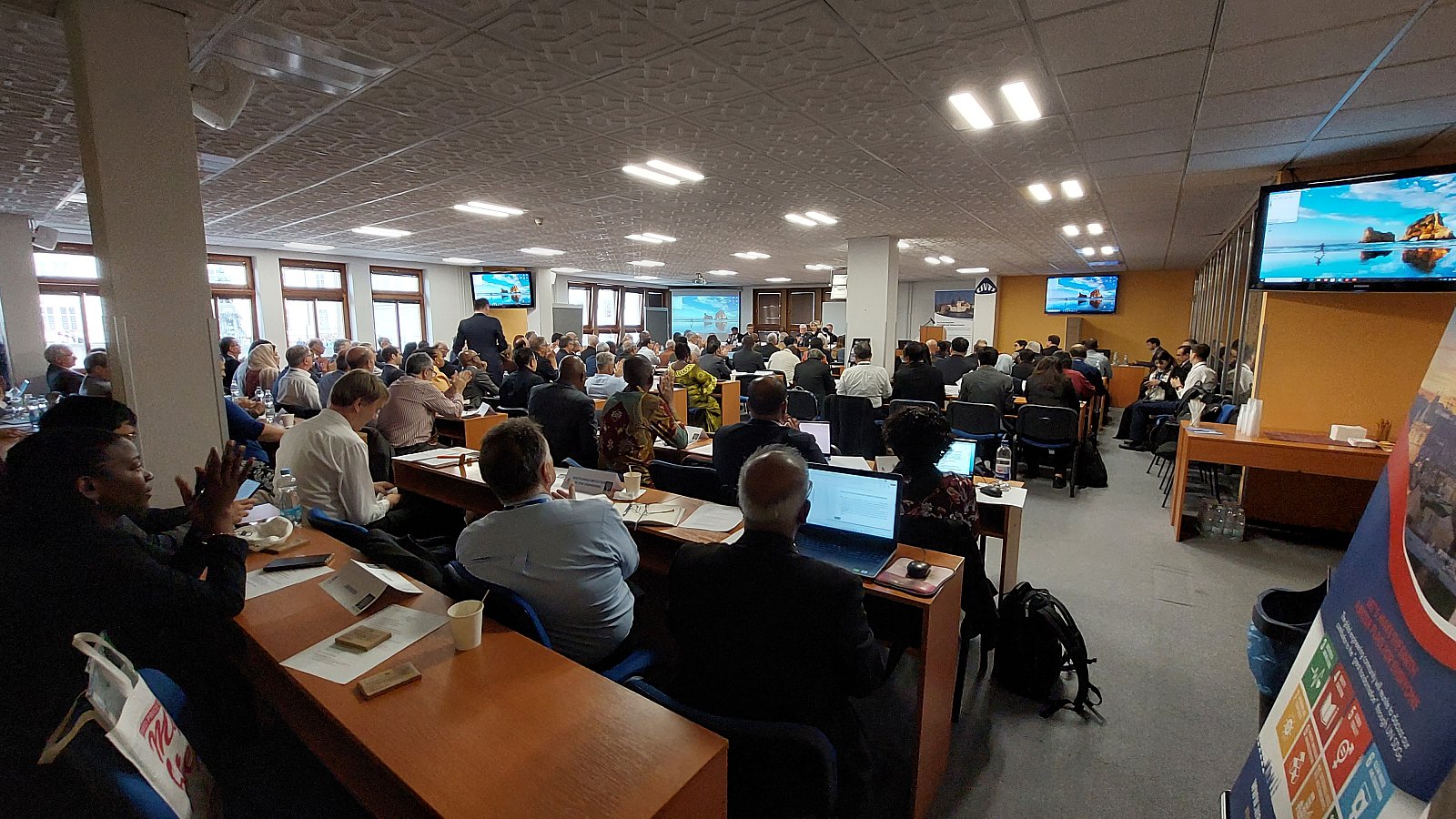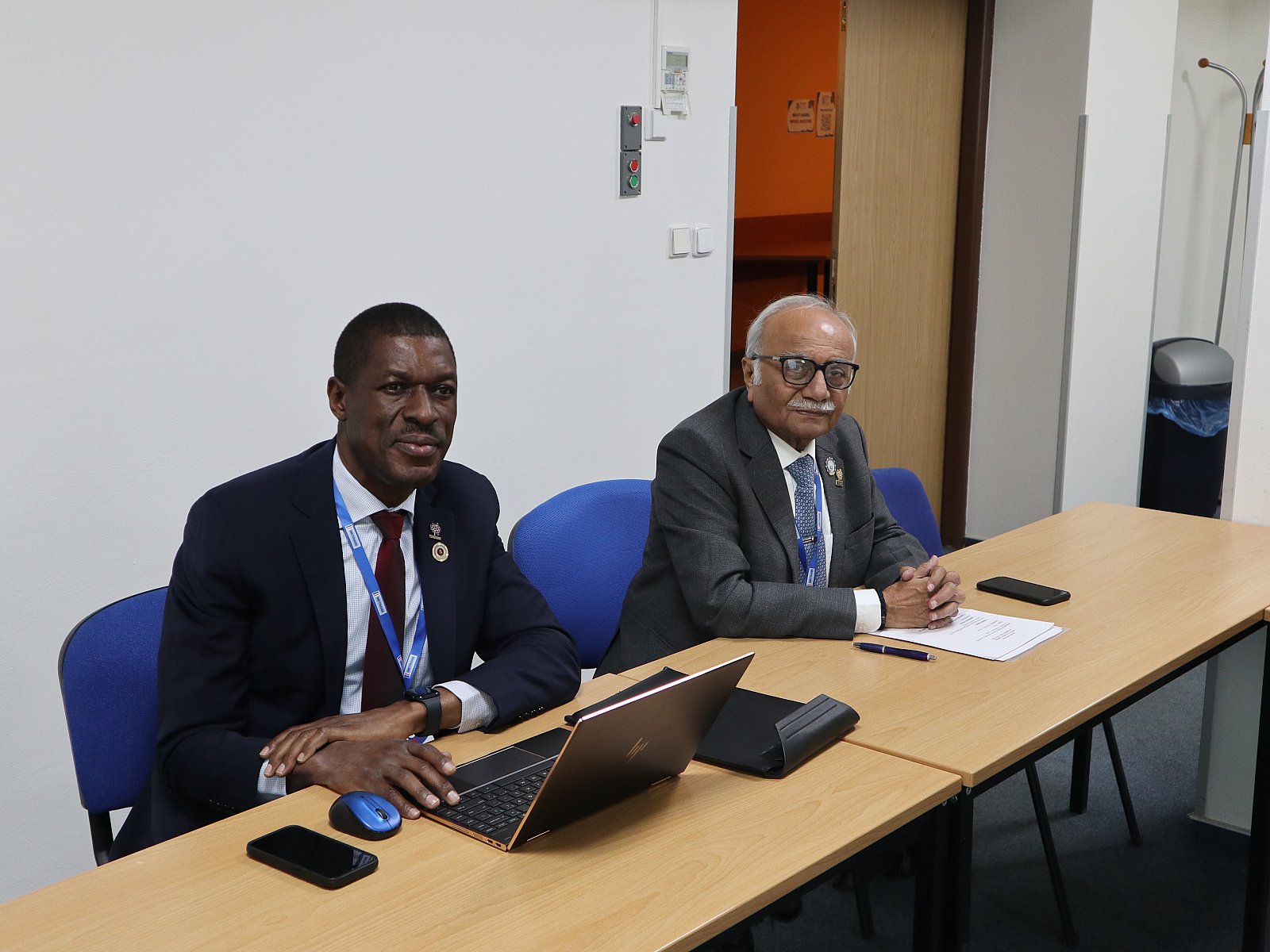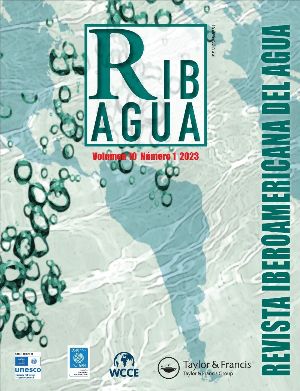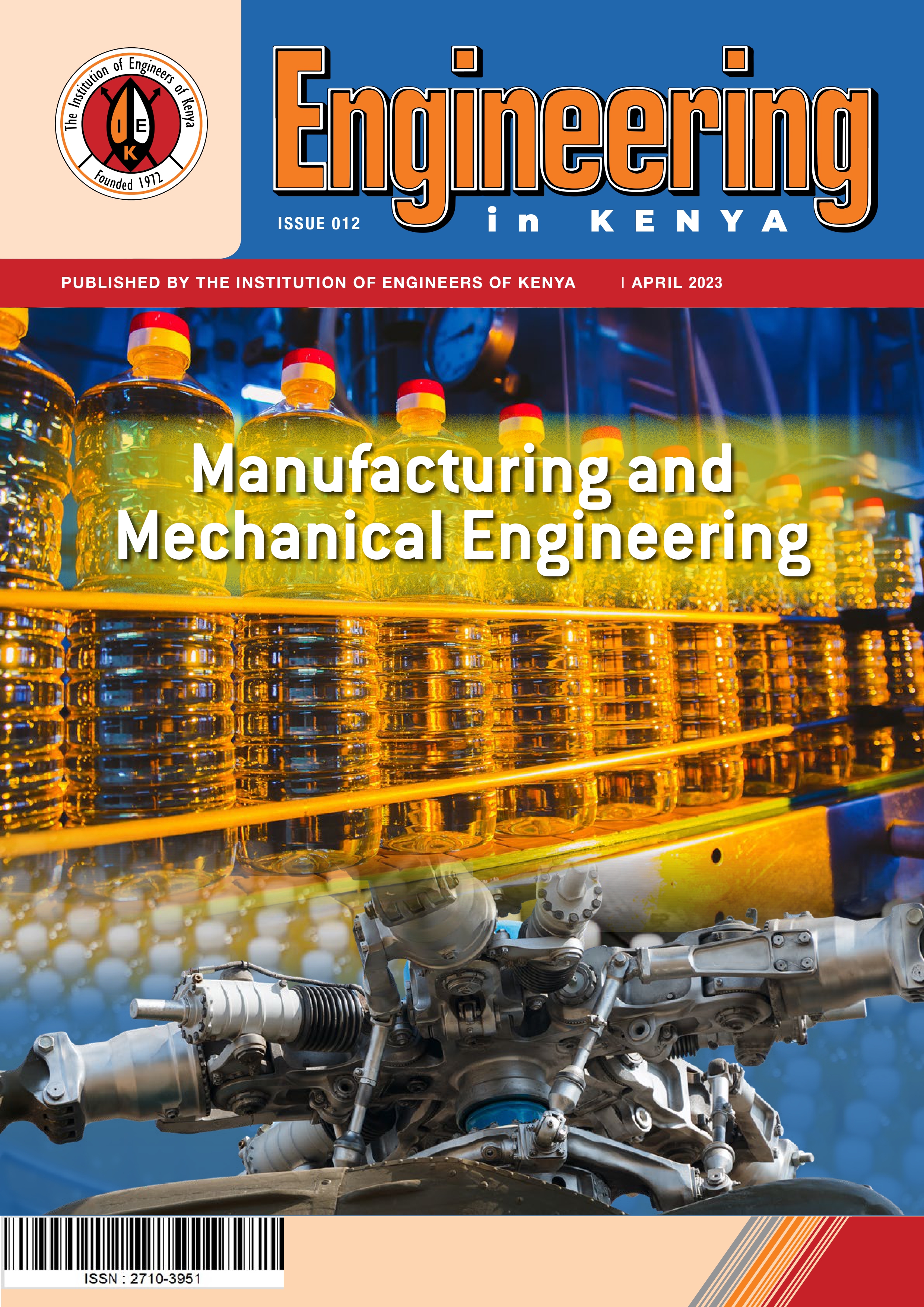
International engineering forum discussions always turn around a certain number of topics that slowly change over time based on drivers that sometimes are external to the profession. The question is how far are the current topics of discussion from the feeling of the practitioners. WCCE prepared and conducted a survey among civil engineers of the world to learn about their perceptions about some issues that affect the profession. The 14 questions included in the survey covered education, professional practice, ethics, and the importance of global issues (SDGs). In total, 120 answers were received from 30 countries (5 continents) giving an interesting global coverage. The number of participants in each country varied widely. For this reason, the answers were grouped by country and averaged to be able to work with 30 representative answers instead of 120. This procedure proved that the global results do not differ that much from the nationally averaged results, although it certainly flattened the extreme values.
Each question of the survey gave abundant data to be further analyzed and interpreted later on. For instance, the data enable the comparison between regions or countries and also allows to look for relationships between answers to different questions (cross relations). Instead, this paper only focuses on three issues that are of special interest to define future actions and activities of the WCCE and that may also be used by national members:
- the main challenges that civil engineering faces today,
- the inclination of the youth to study civil engineering, and
- the most common problems found by independent practitioners.
Main challenges that civil engineering faces today
This issue was addressed by Question 1, for which the respondents had to check all the boxes that they might have considered relevant from 11 pre-established answers. The answer that ranked first was related to corruption and ethics. Sixty-three percent of the engineers chose this issue. The second most voted answer was construction sustainability with 51%. These two were followed by Urban Development and Growth, Professional Practice, and Education and Capacity Building with 46% each. The lowest scores were obtained by Coasts and Oceans (11.9%), Gender Equality (13.9%), and Conservation of Engineering Heritage (14.8%).
The number one ranked, Corruption and Ethics, did not come as a surprise as it is currently considered in many initiatives and publications. Instead, among the highest-ranked topics, Professional Practice seems to be a central subject of interest that is not always mentioned in the international forums. When taking the global answer without averaging by country, the concerns about Corruption and Ethics were noted by 51.2% of the universe and came ranked in third place, after Professional Practice (53.6%) and Education and Capacity Building (52.0%). With this methodology, Professional Practice’s relevance rose to first place.
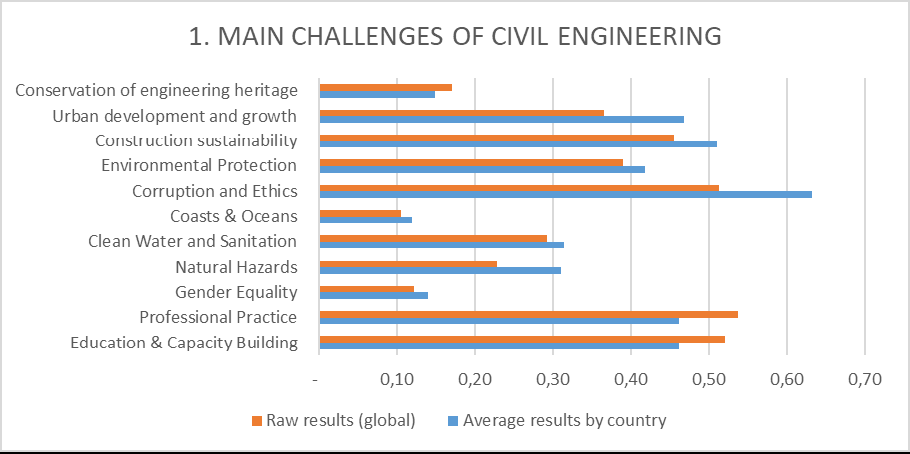
Oddly, Gender Equality’s was ranked poorly. The survey did not register the gender of the respondents, but it is easy to understand that the number of participating women was very close to the number of positive responses to this issue. This means, in turn, that there are very few men caring for gender inequality, despite the topicality of the subject.
The vocation of the youth to study civil engineering.
Several questions addressed the subject of education and capacity building. One of them was very simple and aimed to understand the perception of the shortage of civil engineering students. It is well known for the efforts that engineers, in general, are making to promote STEM careers (ASCE has taken the lead to tackle this specific problem). This survey demonstrated the concerns are not shared by the universe that was sampled: Only 26% of the respondents perceived little interest from young students while 38.2% considered that there are too many teenagers interested in civil engineering. The scatter of the answers is very wide among countries, meaning that the shortage importantly affects some countries while the abundance of vocations and overpopulation of students may affect others.
Other questions attended aspects of college education such as syllabus, school facilities, and financial aid. With this respect, it is interesting to note that most engineers, given eight different choices from which they could only check one, would invest more money in field trips (25.7%) and financial aids (21.6%) rather than in any lab or school facility.

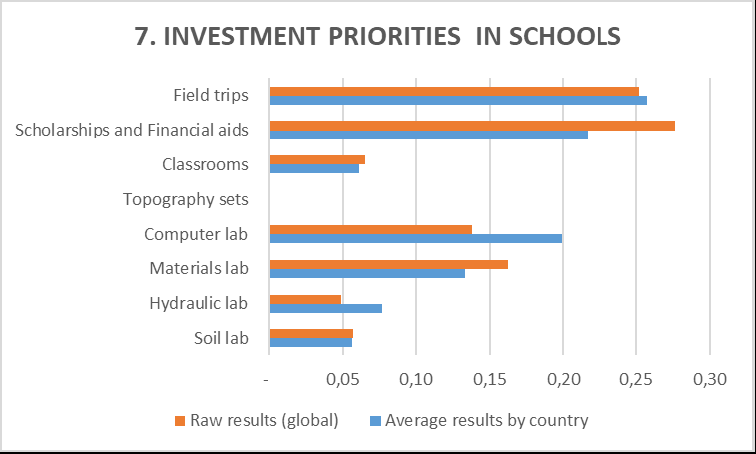
Professional practice
Six questions of the survey directly involved issues related to professional practice, including one specifically related to ethics and corruption. Expectedly, 58.6% considered that the requirements to work in different countries vary and are too difficult to comply with. Interestingly, and worthwhile to keep in mind, only a minor proportion (less than 23%) considered that foreign engineers scour the potential for development of local professionals – approximately the same proportion that considered that foreign professionals bring new opportunities. Another point to note is that about 50% of the average answers told that there are too many unemployed civil engineers.
Another question addressed the social consideration of the profession: 51.8% think that engineers' fees are too low, and 41.6% perceive that civil engineers aren't recognized as other professions. In the same line, 43.5% of the answers pointed out that the field of action of civil engineers is limited by other disciplines (surveyors, architects, and other engineering branches).
Among the ethical problems detected, 53.7% perceive that many tenders are viciously awarded through bribery or friendship. On top of this, 50% also consider that conflicts of interest are frequent. Only 10% responded that they do not encounter ethical problems at all – this means that 90% find some kind of ethical flaw. Note the contrast to the 63% given to the first question stating that ethics and corruption were one of the main issues to face! It seems that about 30% recognize the existence of ethical flaws but that this is not considered of sufficient importance.

Conclusions
The results of the survey enabled to rank of widely spread professional problematics that need to be worked out by professional regulatory bodies and associations as they should be considered of concern. Except for a few, most of the questions and answers are likely to apply to other engineering disciplines.
The single most relevant issue that captured the attention is the one related to ethics and corruption fighting. Within this category, the bid processes and the conflicts of interest are the problems that are perceived to be the most relevant. “Construction sustainability” and “Urban Development and Growth” were also pointed out as matters of concern by the wide majority (over 50%).
Interestingly, the survey does not back up the perception that there is a generalized shortage of civil engineering students. Although this might be true in some countries, the problem is not globally extended, as only 26% of the respondents perceived little interest in young students for this career (in contrast, 38.2% considered that there are too many teenagers interested in civil engineering). The respondents also believe that at this point, it would be wiser to invest in field trips and financial aid rather than lab equipment. Difficulties to work across borders, lack of social recognition, and competition with other professions are given beliefs that the survey confirmed right.
The raw data obtained by the survey covered several other issues that, for brevity, were not analyzed in this paper. Nevertheless, this database is open and could be enhanced not only by adding other countries but also by adding more responses from the participating countries to enable averaging the perceptions and a more accurate picture.
Although some global issues were identified and engineers gave certain prevalence to some specific problematics, this should not be interpreted as if other issues hold diminished importance. For instance, looking at the responses by country stands out that those affected by hurricanes or earthquakes were inclined to check the “natural disasters” box of Question 1 (as opposed to those where natural catastrophes are not that common).
In summary, this survey has constituted the first step to systematic analysis to prioritize matters for discussion and to help sketch action plans for civil engineering associations. The conclusions could be enriched by further analyzing the correspondence between different answers and poking into the results country by country. Hopefully, this work may encourage others to deepen the research by collecting more information about specific subjects. In the end, this should help the engineering associations to allocate their resources more intelligently focusing the efforts on the challenges that matter the most to our practitioners.


